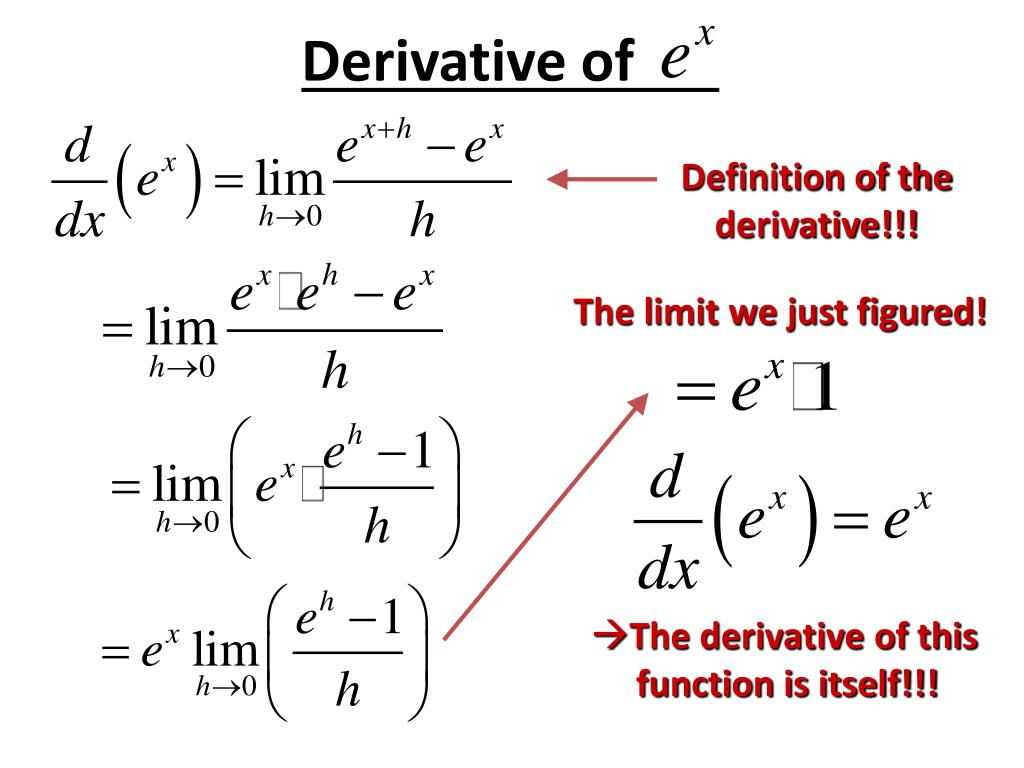


The graph of the function is the straight line through the origin with slope for all. The Identity Rule can be answered using our knowledge of linear functions. Then apply the definition of the derivative and simplify: The defintion of the derivative of a constant function is simple to apply. Plot( 2.3, x=-3.3, title="Constant functions have slope 0" ) The Constant Rule can be understood by noting that the graph of a constant function is a horizontal line, i.e., has slope 0. But, care must be exercised to distinguish between a proof and an argument based on "because Maple says so". In some cases it is possible to give a geometric argument, using a Maple-generated graph, in other cases Maple can be used to identify difference quotients as derivatives. It is very difficult to give a formal proof of the Differentiation Rules using Maple. If the conditions for a rule are not satisfied, the rule cannot be used to justify the evaluation of a limit. Note the conditions listed in the third column. Let f and g be functions that are differentiable at x and let k be a constant. But, starting with the Product Rule, the rules are not so obvious and are quite different from the corresponding Limit Laws. The first few rules are fairly simple, almost obvious.

In general, derivatives can be evaluated by applying the definition as in Examples 1 - 3 in the Precise Definition of the Derivative lesson. The three examples provided in this worksheet should get you started using this tool.

The Differentiation maplet provides an excellent tool to learn the names of the Differentiation Rules and how they can be applied to evaluate a derivative. While many are analogous, others are completely different. Compositions of functions are handled separately, in the Chain Rule lesson.īe careful to not confuse the Limit Laws and Differentiation Rules. The Differentiation Rules are a collection of general rules for computing derivatives formed from polynomials, powers, roots, and constant multiples, sums, differences, products, quotients of these types of functions. Even worse, the limits can be extremely difficult to evaluate.


 0 kommentar(er)
0 kommentar(er)
